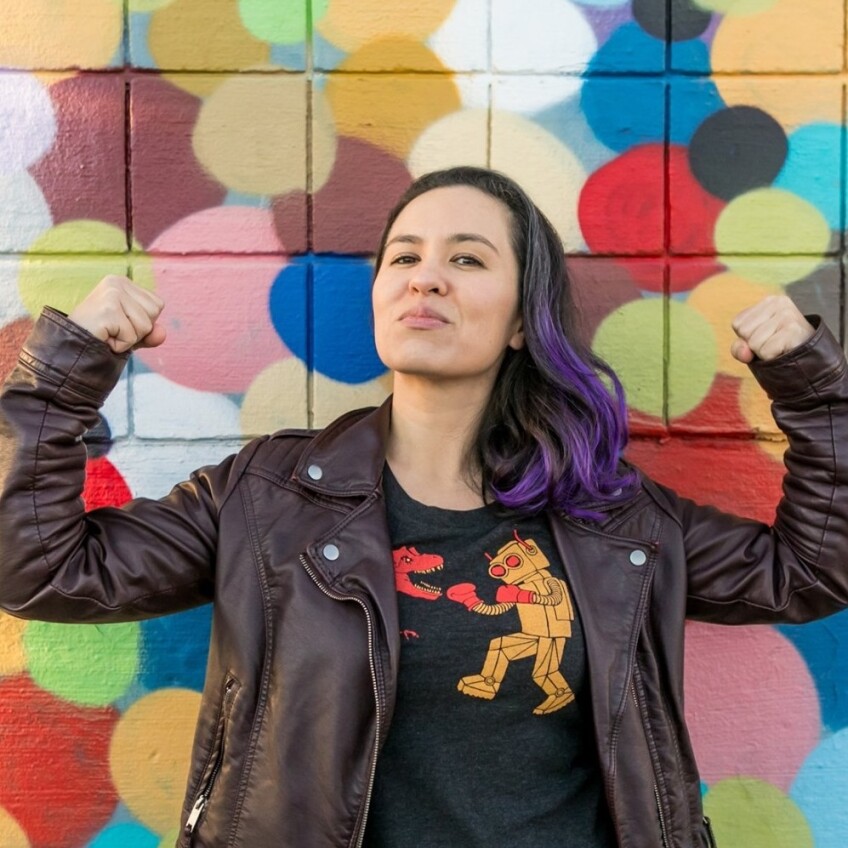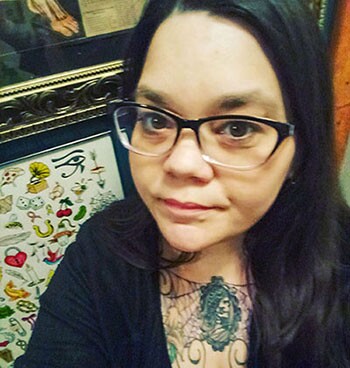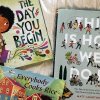Three Autistic Disability Rights Activists to Amplify in Your Classroom

In the education world, we often hear and use words like "inclusive" and "accessible" without much proof that steps to create classrooms and communities centered on disability justice are being taken. One prominent example is the lack of disabled representation when it comes to the revolutionaries and change-makers we teach our kids about in school. You can begin to support disabled students in feeling validated, seen and heard by amplifying the voices of autistic activists in your classroom.
This April, during Autism Acceptance Month, you can take the disability rights slogan, "Nothing about us without us," as a way to reflect on how to include disabled voices and perspectives in the curriculum. If you're ready to shift from erasing the voices of autistic people to centering them, here are a few people you need to get to know.
Ashia Ray

Founder of Raising Luminaries, Ashia Ray (they/them or she/her) is an autistic, multiracial (Chinese/Irish) second-generation person raising two children alongside her partner in the homelands of the Wampanoag and Massachusett people.
Raising Luminaries' comprehensive and radical book collections and analyses support grown-ups in having difficult conversations with kids in developmentally appropriate ways. From picture books that help kids talk about shootings to supporting caregivers in raising anti-ableist kids, each book collection is packed with resources that teach us about the importance of intersectionality (because we know that systems of oppression feed off each other). Through being part of the Raising Luminaries community, grown-ups learn how to move from awareness to action, participate in collective action and spark change in big and small ways.
Ways to connect and learn:
- Support Ray by sponsoring her work through Patreon.
- Join the Student Ignition Society, a community of radically inclusive educators for early childhood, where you'll find free resources like Family Action Toolkits to teach kids about social issues and the power they have to change the world.
Lei Wiley-Mydske

A multiracial autistic activist, wife and homeschooling mom, Lei Wiley-Mydske is the director and founder of the Ed Wiley Autism Acceptance Lending Library. The lending library serves the communities of Stanwood and Camano Island, Washington, by lending books and materials that promote autism acceptance, social justice, disability rights and neurodiversity. Wiley-Mydske is also the community outreach coordinator of the Autistic Women & Nonbinary Network (AWN).
The lending library is also the home of the Neurodivergent Narwhals, which are several colorful cartoon narwhals that tackle everything from COVID-19 to the different ways people communicate, in a series of educational infographics and stories that parents and educators can use to teach kids (and themselves) about disability justice and what it means to co-create a more inclusive world. For example, the "Identity First Language" infographic teaches us that many autistic people prefer identity-first language because being autistic is a declaration of pride. The "Why is Everything so Weird Covid 19 Social Story" supports kids in making sense of the virus and changes to our daily life, such as social distancing and washing our hands more. The Inclusive Classroom Graphic helps us learn what it means to be genuinely inclusive by reading it and reflecting on the difference between segregated classrooms, mainstreaming and inclusive schools.
Here is an excerpt from the "Inclusive Classroom Graphic" explaining what an inclusive school is like:
I am in an inclusive school! My class is set up to be sensory-friendly and accessible. I am able to be in the same class as everybody else and I never have to leave to get 'services.' My teacher values all learning styles and works with a special education teacher, speech and occupational therapists to support me. Lessons are taught so that everyone can participate in a way that is meaningful to them and the environment is adapted to fit our needs!
Ways to connect and learn:
- Follow the Ed Wiley Autism Acceptance Lending Library on Facebook.
- Watch Respecting Autistic Ways of Playingfrom New Jersey Autism Center of Excellence.
- Read "Sincerely Your Autistic Child: What People on the Autism Spectrum Wish Their Parents Knew About Growing Up, Acceptance, and Identity," an anthology on autism and gender which features a chapter written by Wiley-Mydske. The book represents an authentic resource for parents written by autistic people.
Morénike Giwa Onaiwu

Morénike Giwa Onaiwu (she/they) is a disabled educator, writer, public speaker, parent and advocate in a multicultural, neurodiverse, "serodifferent" (meaning one partner has HIV and the other does not) family.
Passionate about human rights and education, Giwa Onaiwu has said she is "here to open minds and to open hearts; to fill minds and to fill hearts; to change minds and to change hearts. That's why I do what I do."
Giwa Onaiwu has been featured in books such as "Autistic Community and the Neurodiversity Movement: Stories from the Frontline," which provides a historical overview of the autism rights branch of the neurodiversity movement. She also recently co-edited and contributed to the aforementioned anthology "Sincerely Your Autistic Child: What People on the Autism Spectrum Wish Their Parents Knew About Growing Up, Acceptance, and Identity."
Ways to connect and learn:
- Support Giwa Onaiwu by visiting her website and making a donation.
- Watch Giwa Onaiwu address sexism, ableism and racism on a United Nations World Autism Day panel on Empowering Women & Girls with Autism on YouTube.
This list of autistic disability rights activists is by no means exhaustive, and it's essential to recognize that there are many diverse voices and perspectives within the autistic community. Moving forward, think about this: What are some ways you can begin to de-stigmatize disability within your home, classroom, community and beyond? Check out the resources below to extend your learning.



